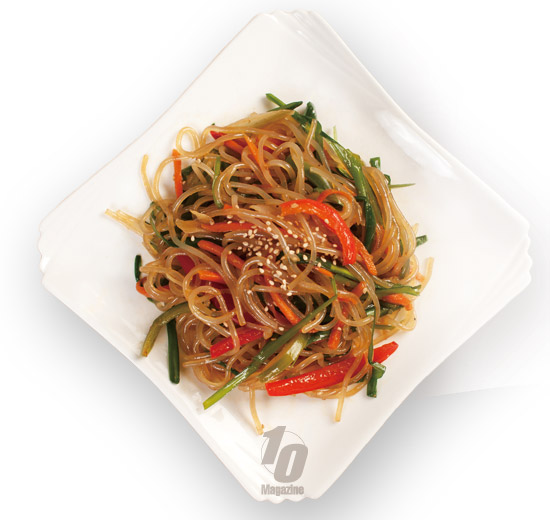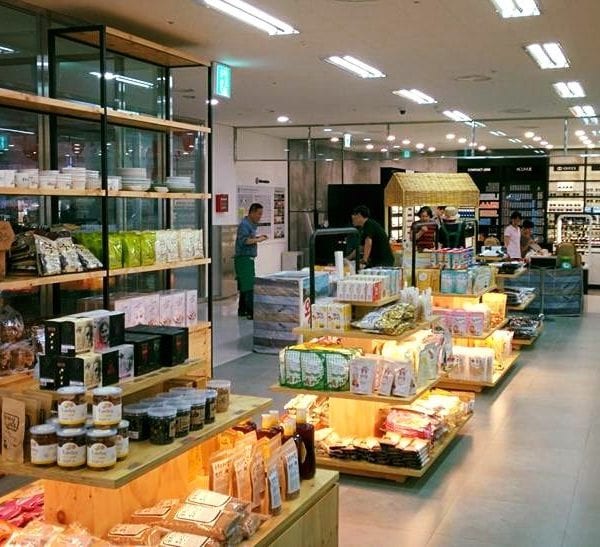Words by Ciaran Hickey
Of all the Korean dishes I have tried, I really thought this would be the one to go global. With its simple preparation, unique glass noodles and flexibility of ingredients, Japchae (잡채) makes a great “Asian” dish for Westerners.
What Are Those Korean Glass Noodles
Japchae, meaning mixed vegetables, is basically a dish of glass noodles or Dangmyeon (당면) mixed with shiitake mushrooms, wood ear mushrooms, finely chopped beef, assorted thinly sliced vegetables and Yangnyeomjang sauce (a seasoned and sweetened soy sauce).
The chopped beef can also be left out to keep it vegetarian. What sets it apart from similar dishes is that it’s not all stir-fried together as you would expect but rather tossed together once all the ingredients have been cooked and seasoned separately.
Both fresh and dried mushrooms are used for those glass noodles dish, though I find that the rehydrated dried variety have a much stronger flavor overall. I like to sneak a sliced red chili into the proceedings as I enjoy the slight burn it adds.

Eating Glass Noodles In Seoul
If you’re not in a rush and can spend almost 20 minutes waiting in line, you don’t want to skip the food stalls in Namdaemun Market. You can easliy find Japchae there for no more than ₩2,500! Served hot and yummy inside Hotteok, the glass noodles are worth the wait.
And of course, you should not skip the Myeon-dong Street food too. You will see a variety of glass noodles in the stalls, not all served the same.
And hey! If you’re already trying out some street food to keep you hot in Seoul’s cold, might as well check out those other Korean street foods to keep you warm.



